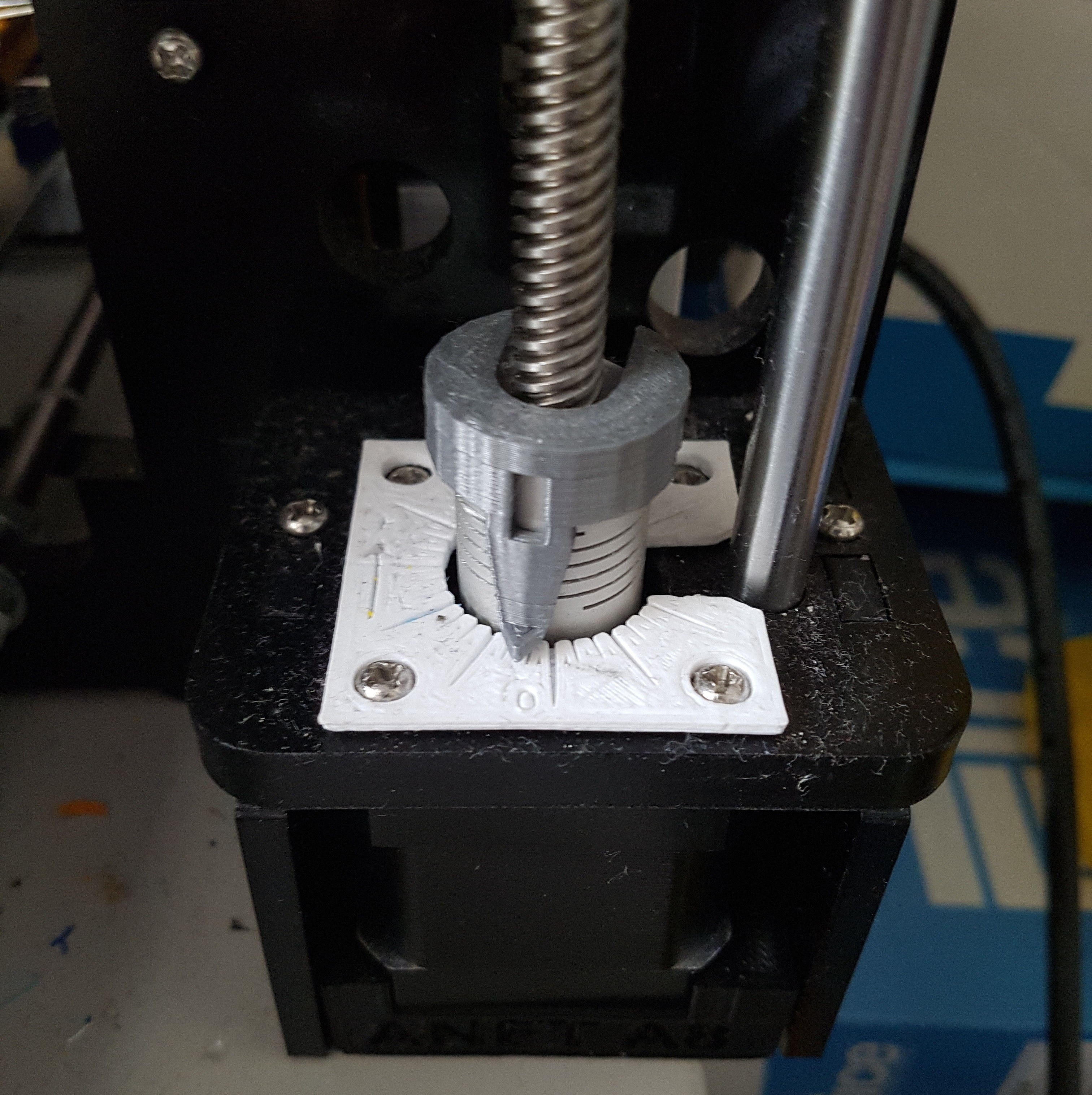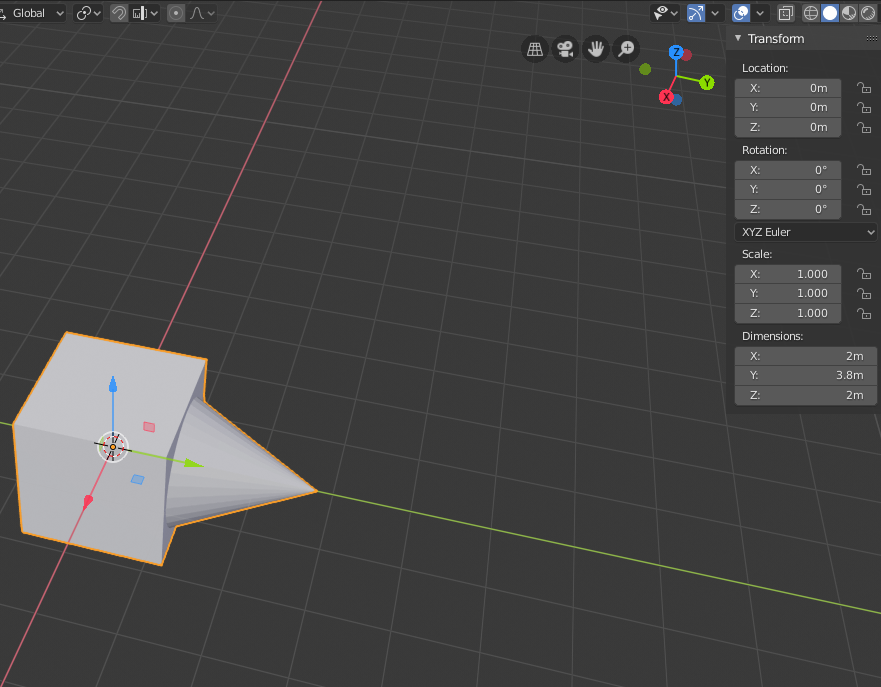

This option flips the exported model by mirroring it on the Y axis. Therefore, if your model isn’t symmetrical, it will get mirrored going from Blender to GameMaker. In Blender, the 3D space is oriented Z-up – but if you look at how X and Y are oriented, you’ll notice that Y runs positive in the opposite direction of how it would in a GameMaker game that is also Z-up. It will rotate the model 90 degrees on the X axis. If you happened to create your model with the wrong orientation, or you imported it from a 3D app that uses Y as up (as opposed to Z) then this is a quick way to fix that in the exported model. Generally, it’s a good idea to keep this on, because otherwise the exported model could differ from what you’re seeing in Blender. Whether or not to apply any modifiers that might be on the object before exporting it.
#Game maker z axis code#
This code defines a script name for importing and follows this format: “#define scr_” followed by two line breaks. If checked, this option adds a small amount of code to the beginning of the script which makes the file easier to directly import into GameMaker: Studio.


Triangle List – The model is written as a list of its triangles.Each line is a vertex, and as with the other models, the number and order of vertices will depend on the model type you select in the next dropdown. Raw Vertex Data – The model will be output as a list of vertex data, which follows this format: x, y, z, x normal, y normal, z normal, uv x, uv y.GameMaker Model – The model will be output in GameMaker’s built-in model format and can be loaded to your game using d3d_model_load().The script will return the new model’s id. GML Script – The model will be output as a self-contained GML script, which can be added to your game as a script that you call to load your model.Basically, how you want your output data formatted. There are a number of formats and model types to choose from now – here is a brief explanation of what each of the settings does: Next you’ll see the standard Blender save dialog, but it’ll have some new options specific to the GameMaker export addon in the panel on the left. When you’ve got your 3D model ready to export, select it, then click File > Export > GameMaker 3D (.gml). Now you’re ready to start exporting models to GameMaker: Studio! Export Click Save User Settings and close the window. Once the script is installed, find it in your list of addons (type “gamemaker” in the search box, or click the Import-Export button tab to the left), and tick the small box on the right to enable it.
#Game maker z axis install#
Here is the most up-to-date version of the addon (last updated July 16, 2017): Blender addon script 1.6.1 Installationĭownload the script, then open up Blender and go to File > User Preferences, click the Addons tab at the top, then click Install from File.
#Game maker z axis how to#
You can download this addon below, find instructions for how to use it, and this is where I will post all future updates to this project. You can find it here.Īfter becoming fed up with the traditional process of importing 3D models into GameMaker: Studio, I decided to write an addon for Blender which would allow direct export of 3D data to GameMaker – eliminating the need for weird middleware or slow/clunky import scripts. Note: There is a new, better version of this script now, and it works with newer versions of Blender and GameMaker.


 0 kommentar(er)
0 kommentar(er)
